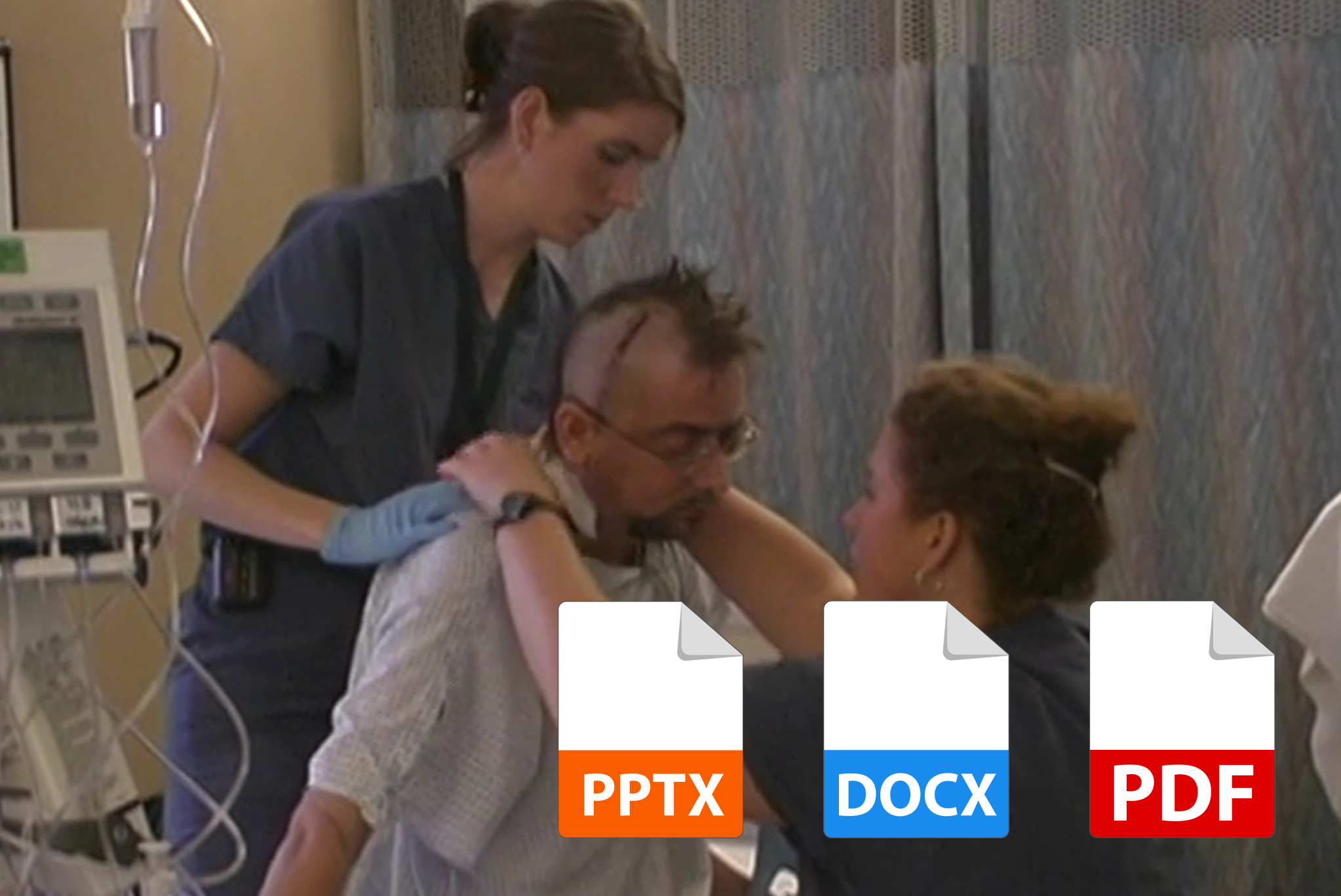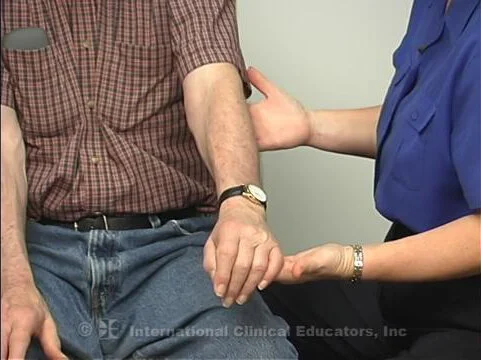Comprehensive Level 1 Fieldwork Alternative in Clinical Observation
Equivalent to 20 hours of clinical observation, this in-depth Level I Fieldwork Alternative was designed to be implemented over a 4-week span.
Week 1: Interviews and Assessment
Week 2: ADLs and IADLs
Week 3 Upper Extremity Preparation
Week 4: Interprofessional Interaction in the ICU
Included are ICE Videos with Comprehensive Assignments, Activity Time Log, Observation Forms, and Assignment Checklist.
Introduction to the ICE Faculty Zone
Learn creative ways to design and implement dynamic learning activities for online and in-class learning experiences in this introduction to the ICE Faculty Zone.
Using ICE Videos in Case-Based Learning
Video clips can be viewed multiple times to illustrate different points. It is fine to use the same clips or cases multiple times in multiple ways. This models the cognitive process of reusing and revising cases, which is utilized in case-based learning.
Emphasize Authenticity
Ensure learners understand the practice setting and conditions of the client in which the case is situated. This assists learners to reflect on the case, identify learning opportunities of the case, and encode the case for future retrieval and revision.
Build in Scaffolding
Ask the simple questions about the case first. Then, increase the number of video clips viewed, the complexity of the cases, or the difficulty of the learning activities. Build on knowledge that the learners have already gained in the classroom.
Pair Videos to Learning Objectives
First determine what learners should gain by viewing the case, then choose the appropriate videos to illustrate that objective. These can be simple to complex, and may depend on the course in which the videos are used.
Use Across the Curriculum
Video clips can be viewed multiple times to illustrate different points, or additional clips of the same client can be utilized over time to meet different learning objectives. Many curricula build upon foundational skills and expect more complex analytic, evaluative or creative skills demonstrated by the learner over time.
Consider Collaboration
When using cases to complete a complex assignment, first model this in the classroom as a discussion. View the videos together and point out salient points as they occur in the videos.
Next, use the same assignment / learning activity with a new case that is given to small groups. Videos can be watched by learners out of class, then they can meet (in or out of class) to discuss the assignment.
Research Opportunities
This article describes comparison of video and text cases as they influence clinical reasoning skills in entry-level occupational therapy learners.
Kinesiology/Analysis of Physical Performance, Upper Extremity
For each video, analyze the movement of the client’s indicated or non-affected upper extremity; joints; movement(s); prime movers; type of contraction; approximate AROM; and any movements/muscles associated.




















